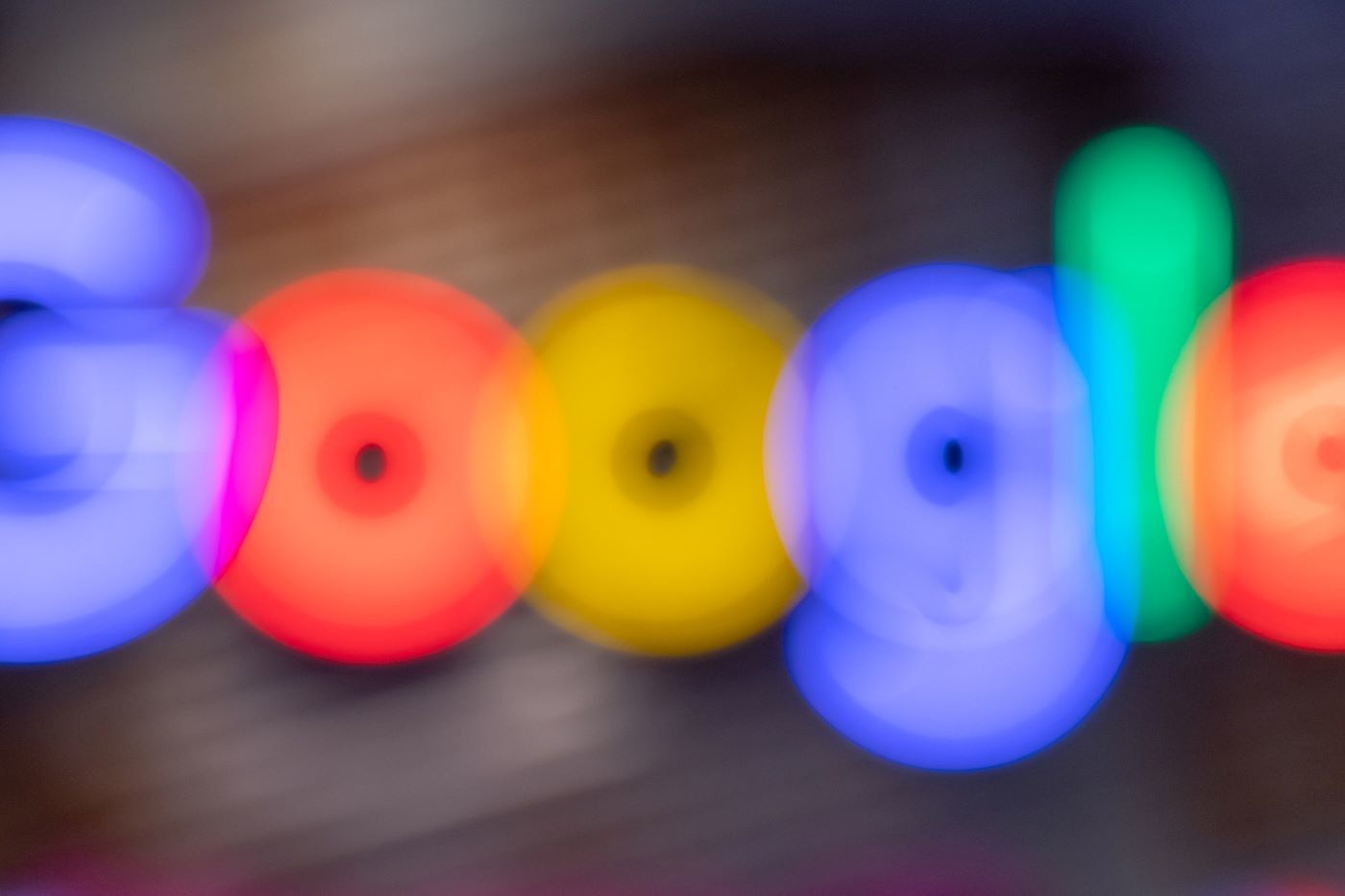301 and 302 codes are part of a collection of five groups of website status codes. Also referred to as HTTP status codes (which you’re sure to recognise as these appear at the start of every URL), they are important as they tell the web servers and your search engine what’s about to happen with a particular webpage. If you’re familiar with this information and just want to skip to the difference between 301 and 302 redirects, click here.

HTTP status codes and billions of search requests
Take a moment to have a think about how many requests are put through search engines like Google or Bing every day. We guarantee you’ve underestimated as we’re talking almost 6 billion searches on a daily basis through Google alone. So, if it’s your job to organise these requests, you’ll want to categorise pages to make them easier to find, right? This is precisely where HTTP status codes make an appearance. When a request (or search term) is entered into Google, Google bots rush around to find the most relevant webpages where this information can be found. In order to make it quicker and easier for these bots to report back to the end user, there are a number of different status codes in place which are used to indicate what sort of page is being searched for. The different categories are:
100s: 100 status codes mean that a request is being processed, and you’re just waiting on the server to respond.
200s: 200 status codes represent success, and most of the pages you search for online will come back with this code. You search for a term, click on a page and voila! A relevant, operational webpage is presented.
300s: 300 status codes are when a page has been redirected, either temporarily, or permanently, to another page. From a user perspective you won’t notice any location change happening, it’s done automatically and quickly via the URL.
400s: 400 status codes are ones you ideally want to avoid if you’re running a website, as you’ll likely lose the interest of users if they hit a 400 page. They are client errors and indicate pages not found (404), forbidden pages (403), unauthorised pages (401) and pages which have been removed completely (410). Of course, there may be some situations in which you need to use one of these status codes, but in an ideal world…
500s: 500 status codes essentially mean something is wrong from the server’s end. Perhaps the website is down for maintenance, or there’s an internal server error.
Focusing on 301 and 302 redirects…
Why might you want to redirect a webpage in the first place?
Some of the reasons you may want to put a redirect in place are:
- The webpage is no longer relevant, or you have a newer replacement page
- The webpage is broken
- You want people to go to a different page for a short period of time, for example whilst a page is undergoing updates.
You need to make sure you choose the right type of redirect, so you don’t impact rankings over time. For example, you would only want to use a 302 redirect when you have plans to bring the original page back into use. If you know that you don’t need the old page anymore, a permanent, 301 redirect is the best choice.

Do redirects impact SEO efforts?
When you use the correct redirect, you can rest assured that your SEO efforts won’t really suffer. When you temporarily redirect a page, your primary page retains all its traffic value and rankings. This is because a 302 is designed to just be a temporary feature and Google knows that, so the new page you’re directing users to is essentially starting again from a ranking perspective. This means it will receive less traffic and won’t have any authority, so it’s important that you remove the redirect when the original page is up and running again (especially if it’s your homepage). When you complete a 301 redirect, Google transfers the equity, or ‘link juice’ from the old page to the new page, also removing the original page from its index. If you’ve recently set up a 301, you do need to give Google some time to pick up on the change as it won’t be crawled immediately.
Roundup: What is the difference between 301 and 302 redirects?
The main thing to remember is that a 301 redirect is a permanent change in traffic flow, whereas a 302 allows you to temporarily divert traffic.
When you’re choosing the right redirect for your page or even for your site, just remember that a 301 will pass on the equity to the new page, whereas a 302 won’t. The last thing you want to do is set up a 302 and never put the original page back!
Our parting tip is to make sure you check any permanent redirects after a year or so to make sure they’re still set up properly and working as they should.http






Leave a Reply